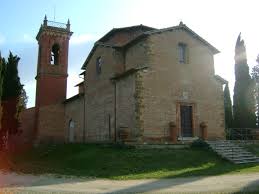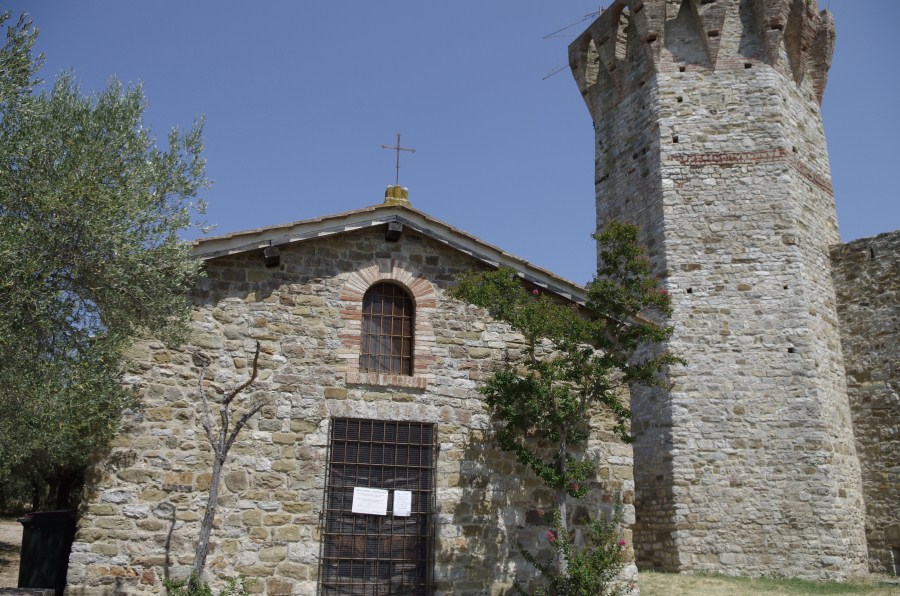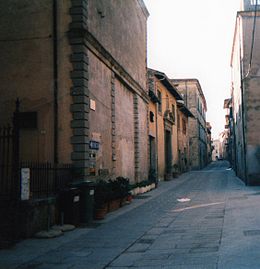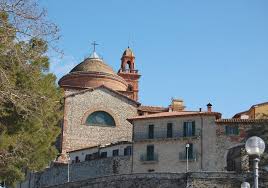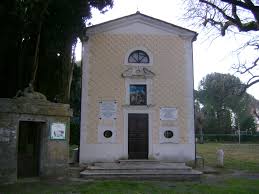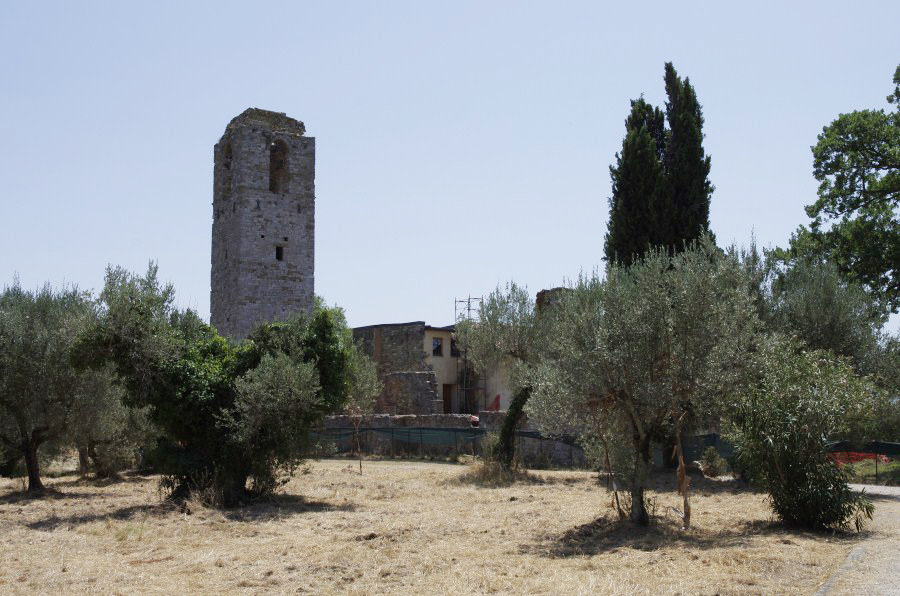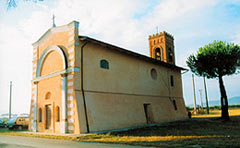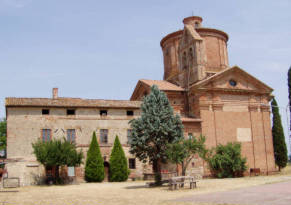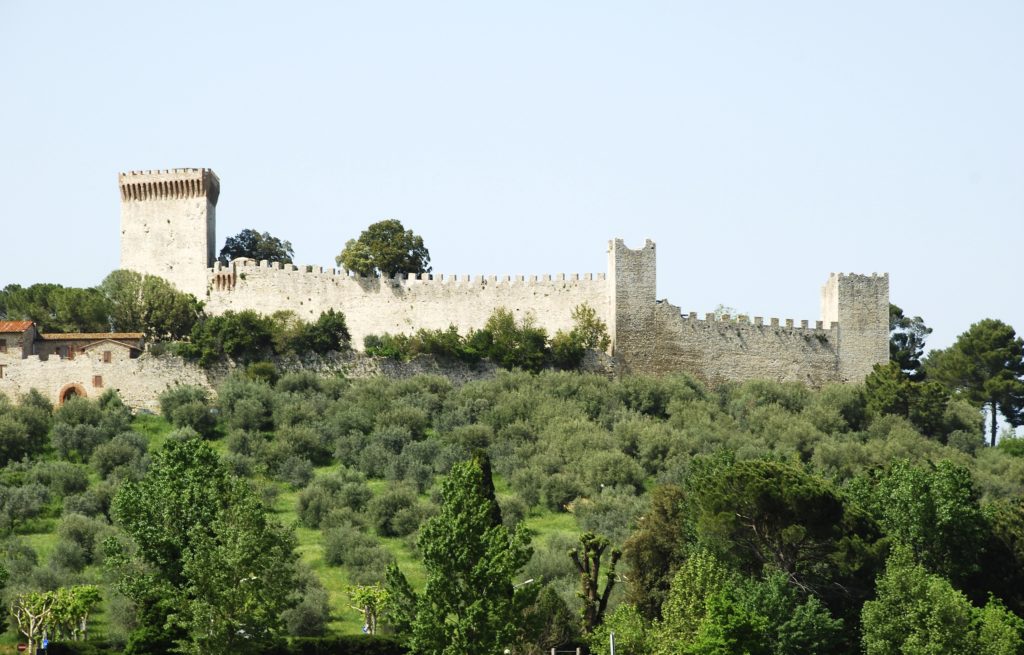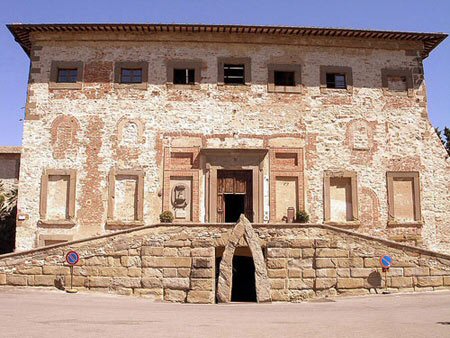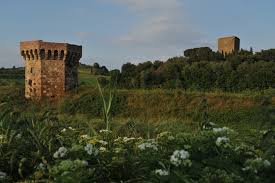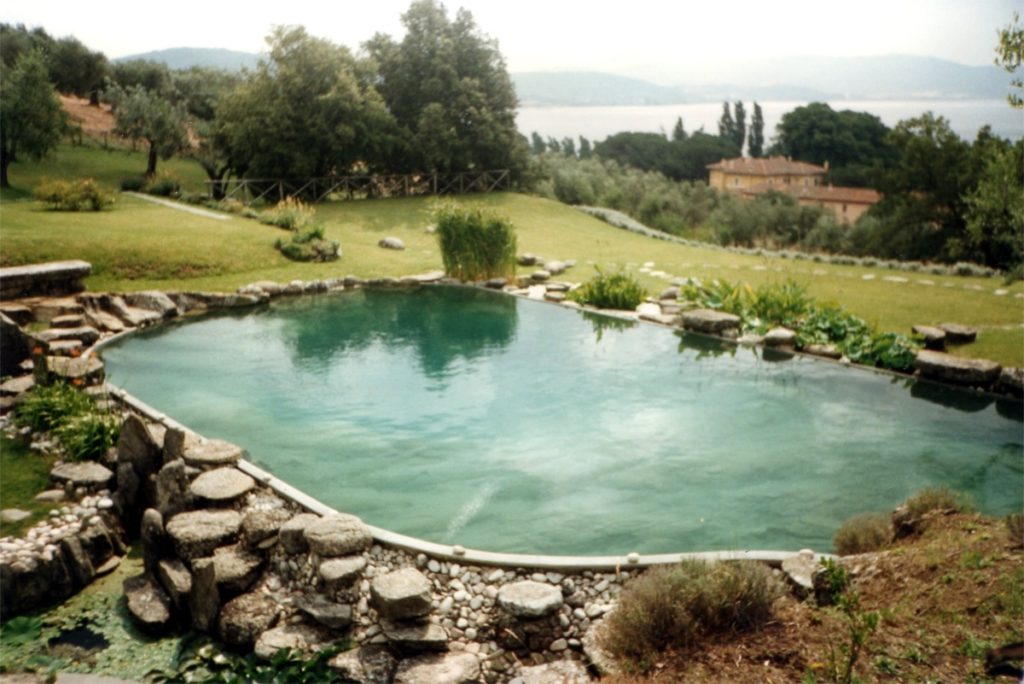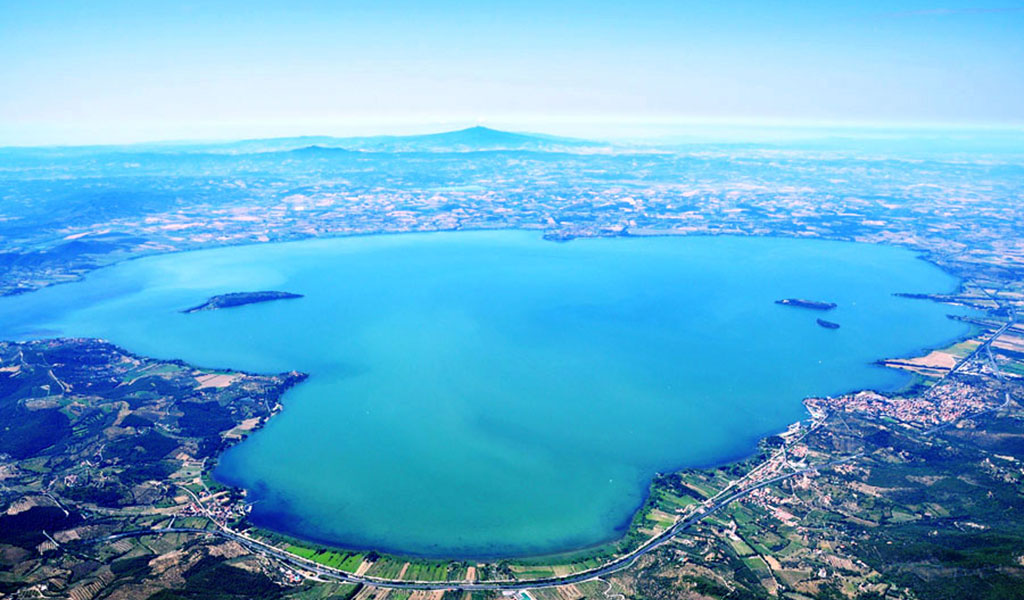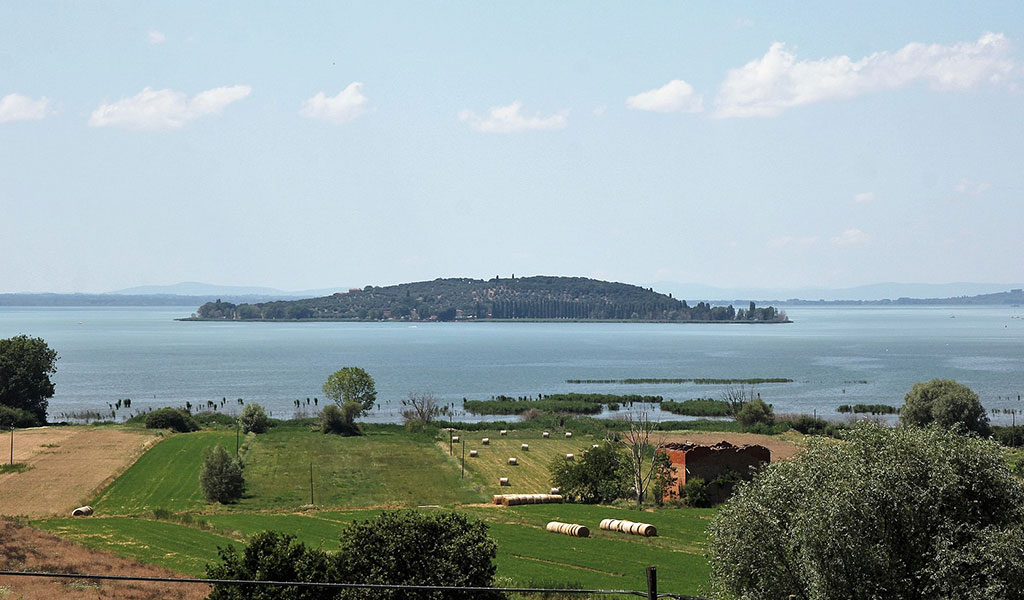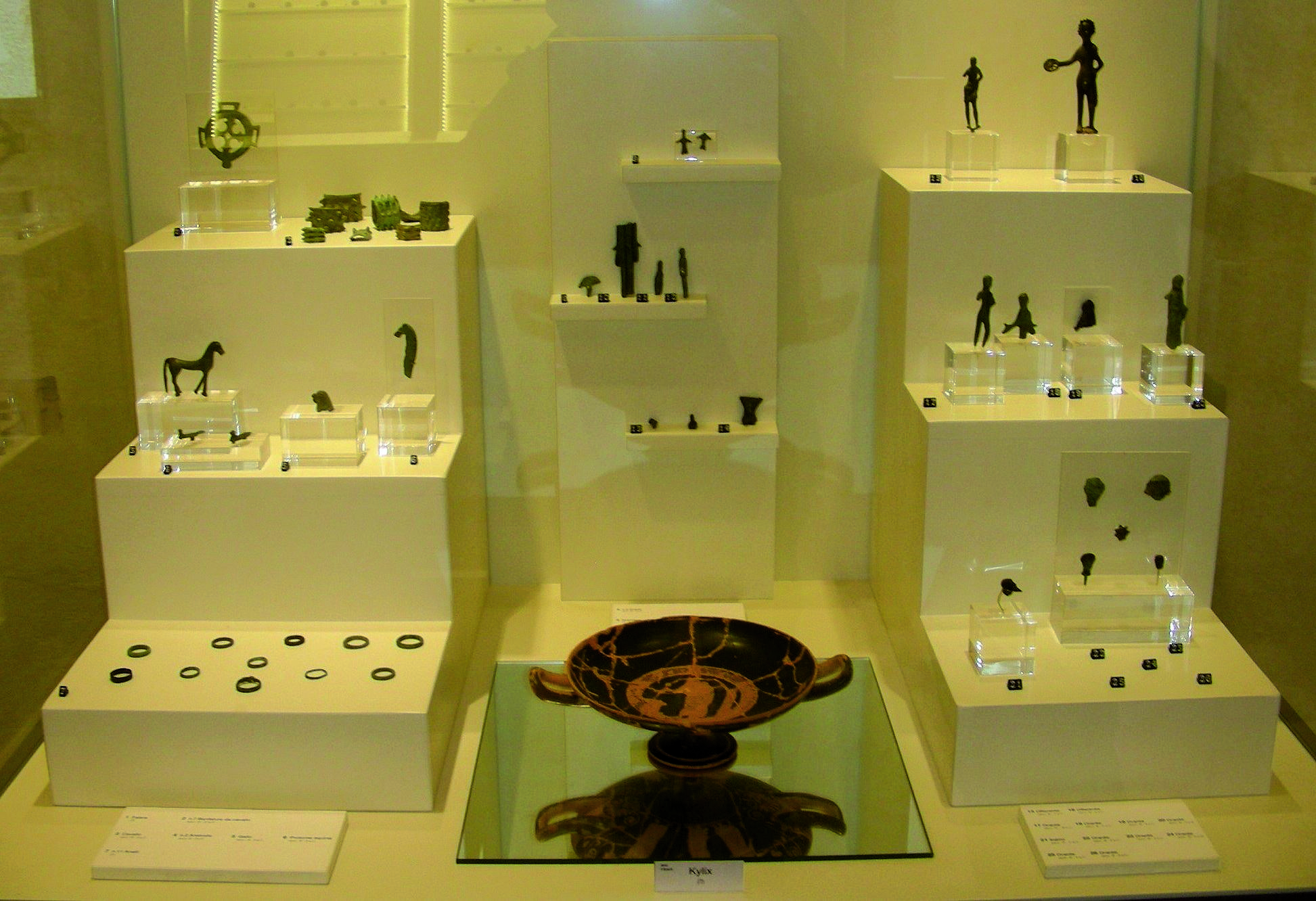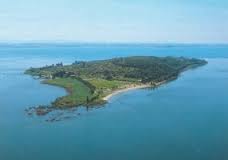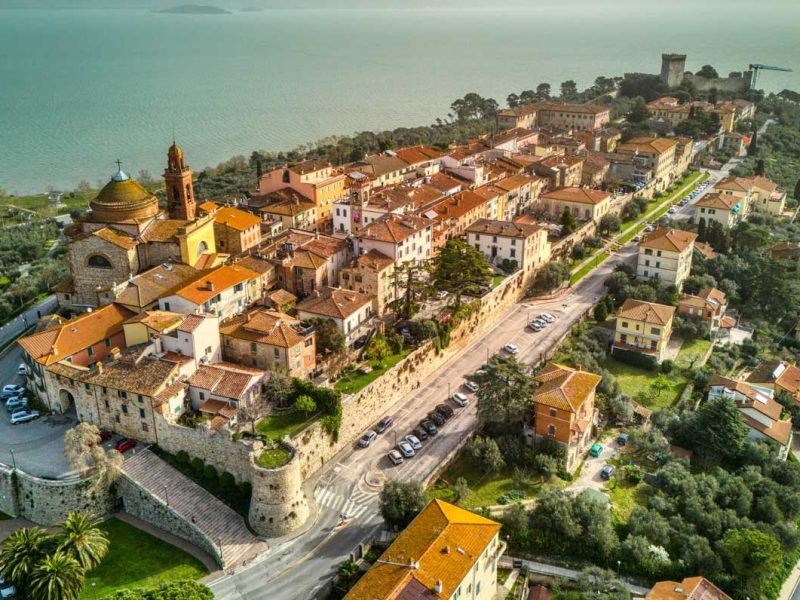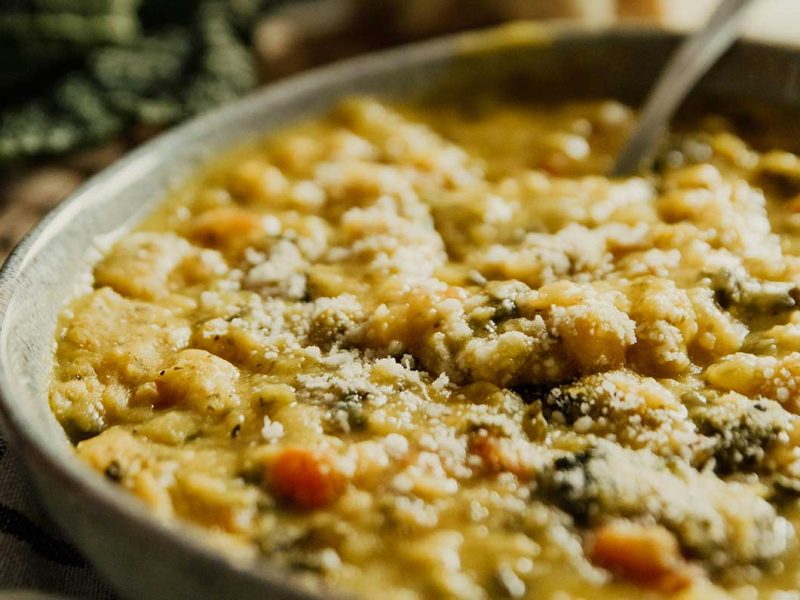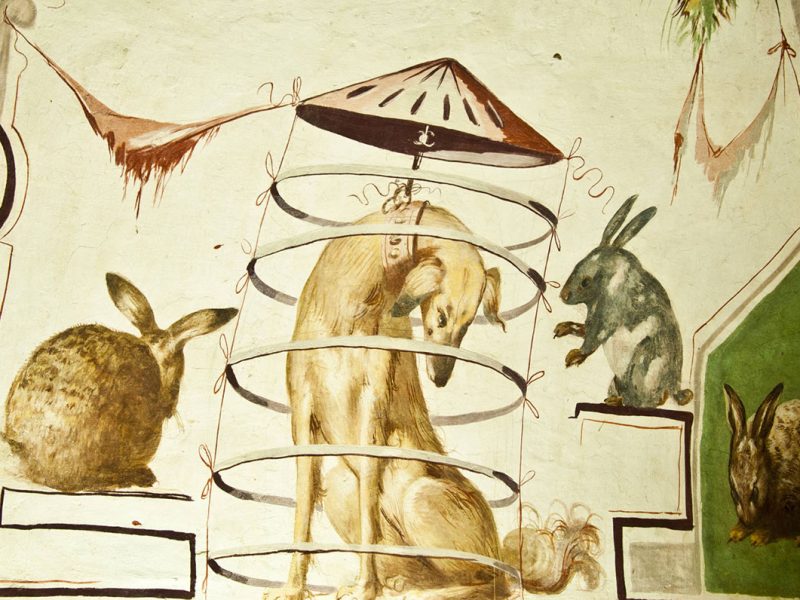Castiglione del Lago
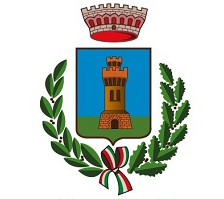
PROVINCE:
Perugia
WEB:
For tourist information:
Ufficio IAT
Piazza Mazzini, 10
Tel. 0759652484 | 0759652738
E-mail: info@iat.castiglione-del-lago.pg.it
Castiglione del Lago


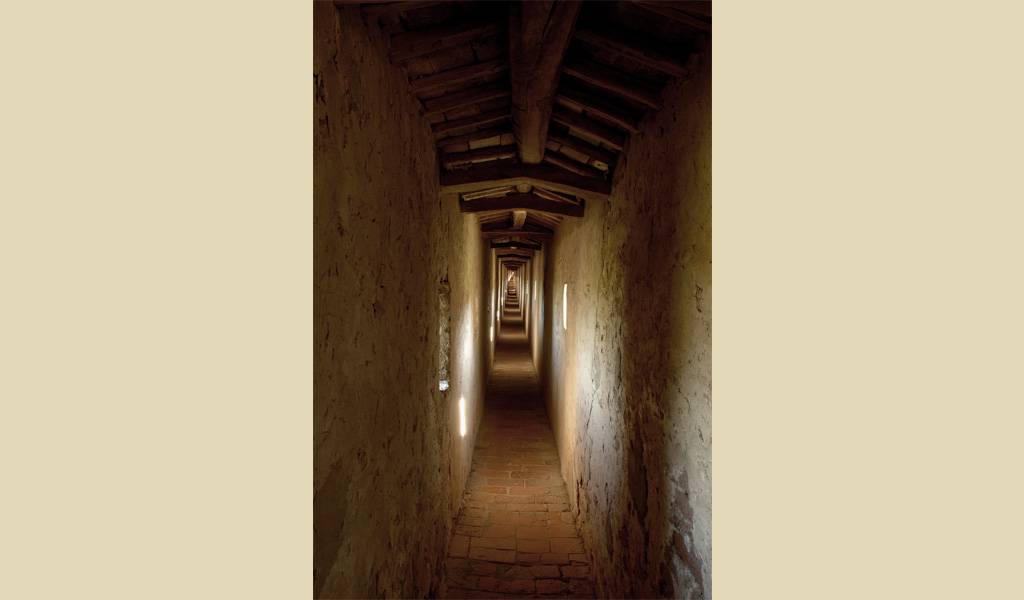
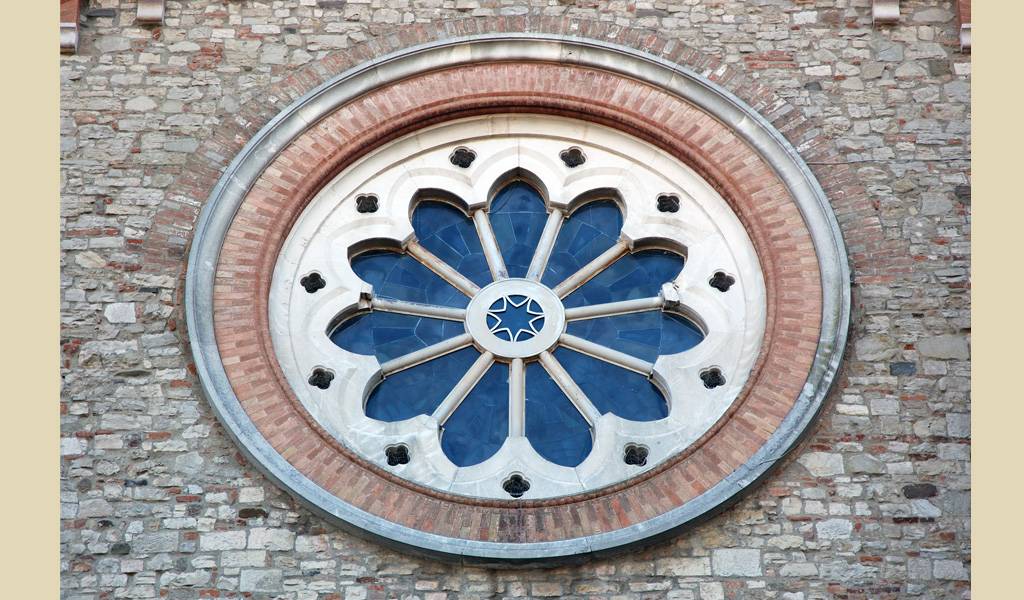
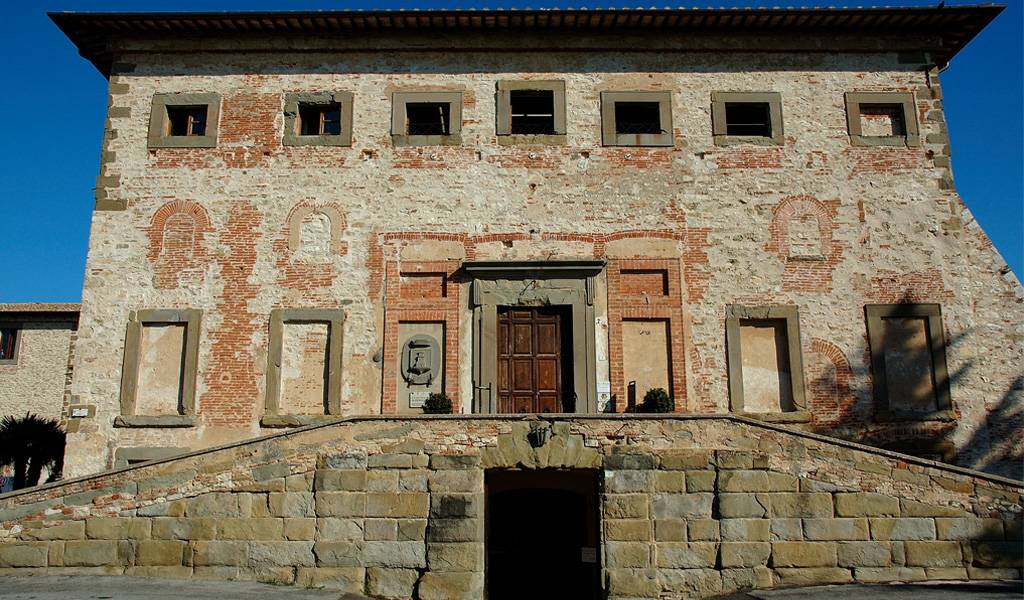
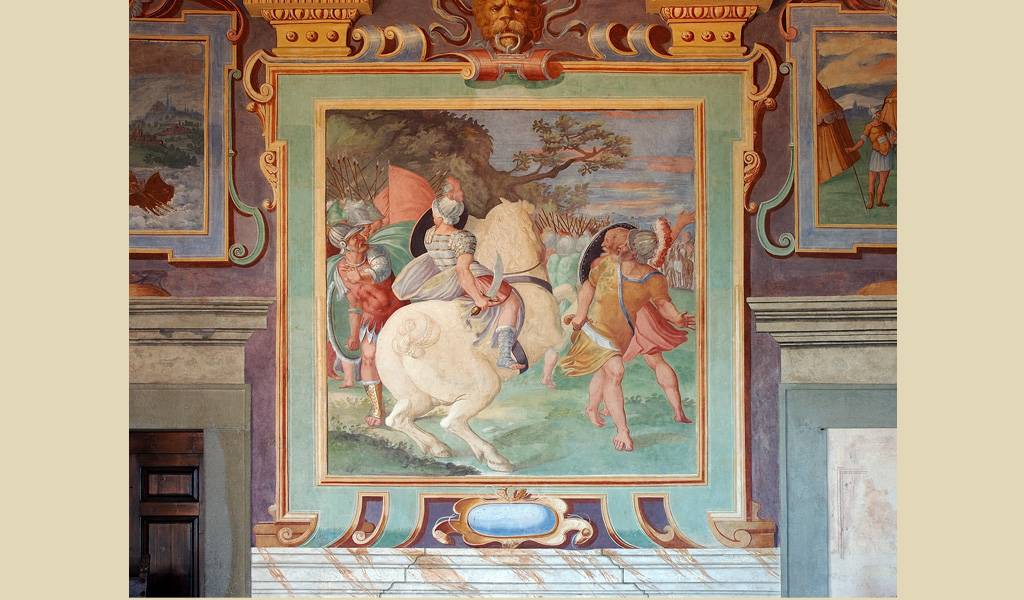
castiglione del lago is registered to:
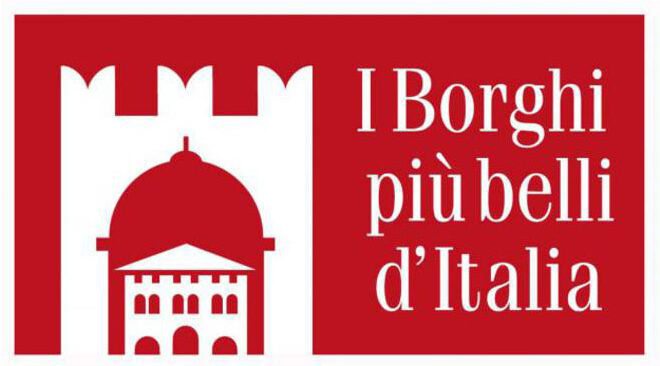
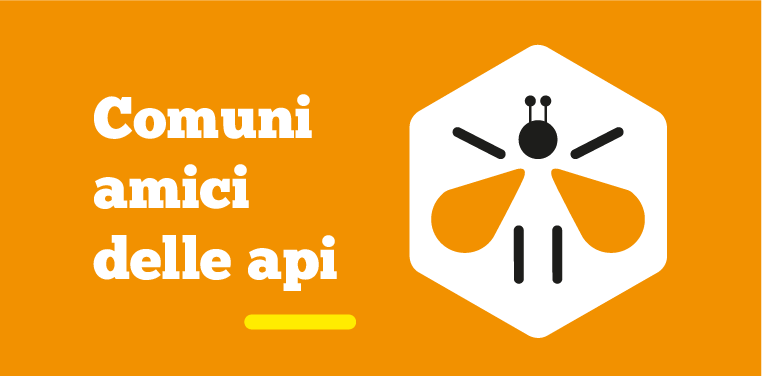
discovering the village
Situated on a limestone promontory overlooking Lake Trasimeno, Castiglione del Lago owes its name to the medieval fortress built by Frederick II in 1247 and called Castello del Leone because it was inspired by the homonymous constellation of the zodiac.
Its origins are ancient, as evidenced by findings from the Paleolithic and Neolithic eras, but its history begins with the Etruscans, when it became the colony called Clusium Novum. It then passed under Rome, but there are no certain attestations until the year 776, when Charlemagne returned it to Pope Hadrian. Over the course of history it has had various masters, from Braccio Fortebraccio to the Oddi, from the Baglioni to the Corgna, up to the Papal State.
Surrounded on three sides by the waters of Lake Trasimeno, the Umbrian village offers visitors an enchanting view: on one side you can admire the lake and Cortona, on the other Panicale, Città della Pieve and the hills around Chiusi, up to Monte Amiata.
But the eye is also enchanted by Palazzo della Corgna (or Palazzo Ducale), the current municipal seat, a place rich in history – it also hosted Niccolò Machiavelli and Leonardo da Vinci – and today, among its frescoed rooms located on the first floor, it is possible to visit exhibitions and installations. The frescoes, created between 1574 and 1590 by a team of painters led by Niccolò Circignani known as Il Pomarancio, tell the story of the deeds of Ascanio della Corgna and various mythological and historical themes.
Following a patrol path from the Palace, you arrive at the Rocca del Leone – a fortress that represents an interesting example of medieval Umbrian architecture – which in the sixteenth century was considered almost impregnable; it stands on the remains of an Etruscan acropolis, of which a stretch of walls remains visible, and inside, in the summer, you can attend theatrical performances or film screenings.
The historic center is surrounded by medieval walls and can be accessed through three gates: Porta Fiorentina, Porta Perugina and Porta Senese; then, walking along the two main streets – via Vittorio Emanuele and via del Forte – you can admire the church of Santa Maria Maddalena – which houses the painting entitled The Virgin with Child, attributed to Eusebio di San Giorgio, a student of Perugino – as well as the church of San Domenico, a true jewel of the seventeenth century.
A recently installed attraction is the Christmas tree designed on the Trasimeno with over 2,500 light bulbs; Trasimeno Blues festival, Coloriamo i Cieli, the International Folklore Festival, the Classical Music Festival and the Tulip Festival are now well-established events that attract tourists from all over Italy.
Castiglione del Lago is also a place to relax: well-equipped grass and sand beaches make you forget the distant sea; The holiday atmosphere can also be felt in the alleys of the historic center, where in summer the restaurants and bars offer the opportunity to eat outside, in a truly suggestive atmosphere. This is the opportunity to taste lake fish, in particular the regina in porchetta, a carp cooked with fennel, garlic and pepper, or the fagiolina, a very small elongated bean, which is mainly eaten in soups. A Slow Food product, a festival is also dedicated to it – Festa della Fagiolina – which is held in the summer. Oil and wine are undoubtedly the kings of the table, true products of excellence of the lake area. Castiglione del Lago is ready to welcome you in all seasons and to be appreciated for its simplicity, but also for its indisputable beauty.

